|
Winter is a beautiful season, but it may not be so beautiful for your lawn. In the winter, if it is too cold it is easy for your landscape to become damaged. Because of that it makes fall an important time to prepare your yard for the upcoming season. Prepping Your Lawn for WinterWhen cutting your lawn to prepare for the winter season cut it to about 1 to 1 1/2 inches in height. If your grass is 3 inches or taller then you should cut it down slowly over time. If you cut too much at once then it could stress the grass blades. Aeration is another thing you can do to help your lawn. You can do this by using a core aerator, manual aerator, and you can even use an aerator attachment for a lawnmower. You should aerate at least four weeks before winter. Also a wonderful time to fertilize your landscape is right after you aerate. Fertilizing is also important when prepping for the colder months. Keep in mind that the best time to do this is before the grass starts to change color. Fertilizer gives the grass more sustenance which makes it easier for it to survive in the winter, and bounce back in the spring. Fall is also a good time to overseed your lawn. You should overseed your lawn several weeks ahead of the winter. It will make your lawn more full when spring comes back around. Raking the leaves in your yard will help the grass stay healthy. When leaves pile up they put pressure on the grass below them. That pressure can damage grass blades. The grass also receives less sun when it is covered by leaves. Additionally, be careful of raking your landscape when it is wet. Raking the yard when it is wet will sometimes cause grass to be uprooted. Taking the time to prepare your lawn will help it survive the winter, return in the spring, and help it stay as healthy as possible.
1 Comment
Do you have an area of dying grass in your yard and don't know why? During spring and fall you are likely dealing with a lawn fungus known as brown patch or large patch. Spring and fall are prime time for lawn fungus trouble. This fungus problem seems to come back and plague the same properties each year. If you have had brown patch in the past, take steps to treat it each spring and fall season. What does brown patch look like? Brown patch can look different depending on the type of grass in your lawn. Dark brown border with a rounded shape. It can appear circular or irregular. Thin grass inside middle of the border. Brown patch damage can vary greatly in size, ranging from a couple of inches to a few feet. Brown patch fungus problems worsen with the following conditions:
Warm Days (70 F to 90 F) Cool Nights High Humidity Too Much Water Nitrogen Rich Soil How to control brown patch in your grass? Only water your lawn when needed. Only water in the morning so it can dry up by night. Postpone using nitrogen based fertilizer until the weather is consistently 90 F or above. Core aerate your yard to break up thatch build up. Apply a preventative fungicide when conditions favor brown patch. It is easier to prevent than to stop. If brown patch is active, use a curative fungicide labeled for brown patch. Follow the label. We are finally getting some crisp cold weather. Those warm season flowers of summer are all but dead at this point and should be pulled up. After pulling the old plants, you will need to prepare the soil.
Pull the weeds first. Add at least two inches of organic additives like chicken manure, compost, etc. Till the soil between eight and twelve inches deep. Sprinkle on your choice of fertilizer. Form the bed into a nice plateau and rake it smooth. For new beds, most cool season flowers want sun. Choose areas that are well drained and have a lot of sun. The more sun, the better. If growing flowers from seed, read your seed packet closely to get the correct planting depth and spacing from other plants. Generally, the smaller the seed, the closer to the surface they are planted. If you accidentally plant too many seeds, thin them out when they start to grow. Overcrowding will make your plants under perform. Use mulch. It prevents weed growth, deters fungus from spreading, and holds moisture in the ground. Keep your colors simple. Stick to one or up to three colors per grouping. Too many colors become distracting instead of interesting and enjoyable. It is time to pick out your flowers that will last into spring. It is important to get those flowers into the ground so they can get established before the real cold season hits. Here are some nice flower choices for areas that get at least six hours of direct sunlight: calendula, delphinium, dusty miller, galliardia, geranium, holly hock, larkspur, nasturtium, ornamental cabbage, kale, petunia, poppies, snapdragon, statice, stock, sweet pea, and toad flax. Sometimes you have a shady area that could benefit from some color. If you have an area that gets at least four hours of direct sunlight, try out the following flowers: viola, pansy, alyssum, diascia, and columbine. If you have an even shadier area that requires color, try out the following flowers: cyclamen, foxglove, primrose, forget-me-not, and lobelia. Some cool season plants will bloom in fall, lose their blooms, and bloom again in spring. Think of these as getting double for what you paid for and enjoy the show. The extra root development will lend itself to much larger blooms in spring. This is a great time to add some seasoning to your garden. Cool-season herbs grow well in Louisiana’s fall season. Annual herbs to keep include coriander, cilantro, dill, fennel, chicory and parsley.
Perennial herbs keep well also during these colder months. Options include thyme, lavender, rosemary, mint, chives, oregano, catnip (for kitty), and pineapple sage. Chamomile is a perennial, but cannot survive the summer in Louisiana, so think of it as an annual if you choose to plant it. You will want to plant your herbs as close to the kitchen as possible. The further away they are, the less likely they are to be used. If you do not have an area close to the kitchen, herbs do very well when grown in containers. Only get herbs your regularly cook with and only a few plants of each. This will keep the space required for planting to a minimum and keep your herb gardening purchases cheap. Most herbs like well drained soil and to grow at a moderate pace. Do not apply a lot of fertilizer to your herbs. A nice mix of compost will do fine. If you do not have access to compost, and you must fertilize, use a half dose of the recommended amount. Herbs that grow too quickly do not have as much flavor. You will still reap the benefits in spring and summer of an herb garden planted now. Herbs will have time to develop over the winter and will be better equipped to handle the heat of summer. I hope your herb garden leads to a lot of delicious meals shared with family and friends. The Center for Disease Control and Prevention showed West Nile infected 2,469 people last year and cause 119 deaths. The virus is transmitted by mosquitoes that have bitten infected birds and then feast on a human host. September and October are the worst months for the virus and your highest chance to contract it. Be sure to keep using personal mosquito repellent and wear long sleeve shirts and pants when possible. Fortunately, only 1 in 5 people who contract the virus develop fever, and less than a percent develop anything serious. If you suspect you may have contracted West Nile, please see a doctor as soon as you can. GreenSeasons Mosquito Misting Systems
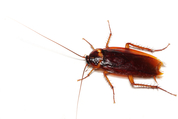 Fall creates a new need in pests, including rodents, cockroaches, and spiders. The changing weather lets them know to seek out a place to survive winter. A convenient place for them happens to be your home. Taking a few steps to pest proof your home now will reduce the chance of uninvited guest for winter. Tips for fall pest proofing your home:
GreenSeasons Professional Pest Control
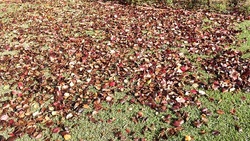 It is cold, overcast and usually wet. As you look outside you see your end of fall chore piling up... leaf pickup. Well good news for all, here are some ways to make your life easier when it comes to leaf removal. Lawn Leaf RemovalLawn leaf removal is really simple. Use your lawn mower with a mulching kit and simply mow your lawn. If you have a bag mower, empty it and mow over the pile a few times. The leaves in both scenarios will become really small and blend into the grass. If you are completely set on removing your leaves, use a tarp. Lay a tarp down and blow you leaves onto it. The tarp will make the leaves easier to transport to a burn pile, to place in bags/cans, or to drag to your composting pile. Why mulch leaves? Leaves and pine needles contain macro and micro nutrients your trees have absorbed all year and no longer need for the winter. If you were to remove your leaves completely, you would remove also remove the nutrition from your soil. By mulching, you get to feed the soil, beneficial insects and micro-organisms for free. The decomposing leaves will also lower you soil pH which is great for plants like azaleas, gardenias and camellias. The other major perk is there is no need to fill dozens of bags with leaves. Landscape Bed Leaf RemovalThe easiest way to get leaves out of your garden beds is to blow them out with a blower and mulch them in the yard with your mower. Try to return some of the mulch back to the beds so the bedding soil stays rich with nutrition for your shrubs and flower. An easier way to take care of leaves in your bed is to just leave them there. If you have pine needles, there is your natural and free mulch. If you have have an unsightly variety of leaf, now would be a great time to mulch right on top of the leaves. The leaves will still break down and act as soil conditioner. Professional Debris RemovalGreenSeasons offers professional debris removal for you. We provide landscaping, lawn care and pest control services in the Greater Baton Rouge, Greater New Orleans, Slidell, Hammond and Covington areas. If you would like any of these services, just click here and we will give you a call.
If you would simply like some advice, please contact us and we will be more than happy to help. 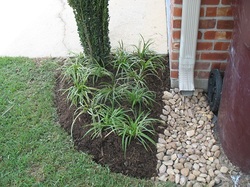 The big three for growing plants are sunlight, water fertilizer. The fourth component most home gardeners (and professional landscapers) need to focus on is the pH, or potential Hydrogen ions, of their soil. All it takes is a soil test from either your local garden center or agriculture co-op. There have been many good plants ruined simply due to the soil not being tested. Once you have the results from your pH soil test, check your plants' optimal pH range and see if they match up. If they do, great! If not, prepare yourself of a slow soil correction with your yard. Fall a great time to get started adjusting the pH of your soil. How To Raise Your Soil pHAdd lime, usually the smaller form the better it will be absorbed. Apply at three months or more before you plant. Mix the lime into the soil. If you are liming your lawn, aerate first.Use the amount recommendations on the bag you have bought. Do not attempt to raise your soil pH more than 1.0 point per year. Make sure your soil is getting watered. The water is what activates the lime to raise your soil's pH. How To Lower Your Soil pHAdd sulfur. There are different forms of sulfur, some work rather quickly while some take a long time. As a rule, you will want to use a form of sulfur to lower your soil's pH slowly. Forms of sulfur that lower your soil's pH quickly can be harmful to plants. If you are adding sulfur to your lawn, aerate first. Use the amount recommendations on the bag you have bought. Do not attempt to lower your soil pH more than 1.0 point per year. Irrigate after adding sulfur to make sure all of the sulfur has been washed off your plants since it can burn plant material it touches. Professional Landscaping AdviceWear long pants, long sleeve shirt, gloves, dust mask and any other personal protective gear recommended by the label of the products your are applying. Read and follow the product label. It may take you years to adjust your soil pH to where you want it to be. A little lime goes a long way. Remember, lime is a key ingredient in cement, don't harden your soil unnecessarily. If you soil is very alkaline, you may not be able to lower it to your desired level. Consider different plants or bringing in soil for a landscape bed in that area. Professional Soil pH Adjustment In LouisianaGreenSeasons will your soil's pH for you. We provide landscaping, lawn care and pest control services in the Greater Baton Rouge, Greater New Orleans, Slidell, Hammond and Covington areas. If you would like your soil's pH tested and adjusted, just click here and we will give you a call.
If you would simply like some advice, please contact us. It's autumn. A great time of year that brings cooler temperatures, football, changing colors and, unfortunately, hay fever. Fall allergies are a reality for about 75% of people with spring allergies and rag weed is a major culprit. Mold hidden in old piles of leaves and dust mites lurking around your office also play a role in your feeling miserable. Ragweed pollen simply makes things unbearable since its pollen can travel hundreds of miles so there is really no escaping the hay fever it brings. How to Identify Ragweed Ragweed on the side of Harrells Ferry Road Ragweed on the side of Harrells Ferry Road Ragweed flowers are greenish yellow in small growths on its stems. Its stems are purplish green, hairy and branching. Ragweed gives a look-a-like plant, goldenrod, a bad reputation. Goldenrod has a much larger pollen that does not cause the allergies associated with ragweed. You can tell goldenrod apart from ragweed by a few simple features. Goldenrod is on a single, non-branching, stem and its flowers are bright yellow. Ragweed Allergy Relief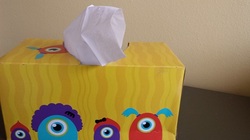 Stock up for allergy season Stock up for allergy season Baton Rouge, Louisiana has been ranked in the top 10 worst cities for allergies for a while now and this year it has moved up to number 7. New Orleans is not far behind at number 11. Click here for a list of the top 100 worst cities for allergies in the United States. Here are some steps to alleviate the pain these allergies bring. Personal
Environmental
Additional HelpGreenSeasons weed control and lawn fertilization is a great choice to reduce the weeds in your yard. If you are having trouble with weed control, just click here and we will give you a call.
If you would simply landscaping or pest control advice, please contact us. We get asked very often about Louisiana super plants. What are they? Where to get Louisiana super plants? When to plant them? Where to plant them? Below all of these questions will be answered. What is a Louisiana Super Plant? What is a Louisiana super plant? These are plants which are strong enough to handle Louisiana's climate and pretty enough for you to want them in your landscape. Candidates for the super plant program undergo two strenuous years of testing in both north and south Louisiana. They also have to be easy to grow and distribute for nurseries. They are almost always marked with the Louisiana super plants logo shown to the left. Louisiana Super Plants ListThis is a list of the current Louisiana Super Plants. New plants are added twice a year so we will try to update this list when new plants are added. If you are interested in any of the plants, click on the name to follow a link to the LSU Agcenter page for each plant. There is information on planting, sun tolerance, and planting advice.
Where to Buy Louisiana Super PlantsMost nurseries will carry at least one or two Louisiana super plants. Click on this Louisiana super plant nursery list for names, locations, and phone numbers for all registered Louisiana super plant suppliers in the state. It would be best to call before you go to make sure they have the plants in stock since they have been known to sell out. Additional HelpGreenSeasons is always proud to offer Louisiana super plants in any of our landscape designs. If you are looking for a landscape plan that focuses on using Louisiana super plants, just click here and we will give you a call.
If you would simply like some landscaping advice with Louisiana super plants, please contact us. |
AuthorCharlie Casselberry Categories
All
Archives
April 2024
|
Contact |
Services |
About |
Locations
|
GreenSeasons
|
Baton Rouge Office
11628 S Choctaw Drive, Suite 227 Baton Rouge, Louisiana 70815 |
Greenwell Springs Office
14461 Frenchtown Road Greenwell Springs, LA 70739 |
Slidell Office
56010 Highway 433 Slidell, Louisiana 70461 |
© 2020 GreenSeasons

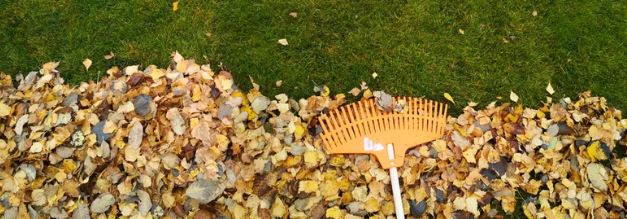


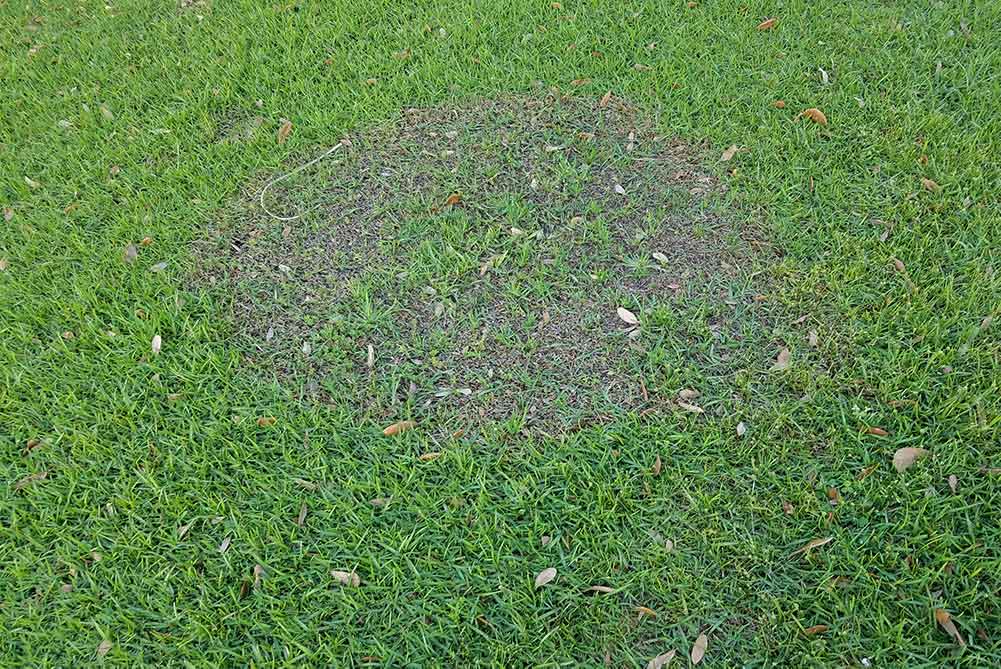
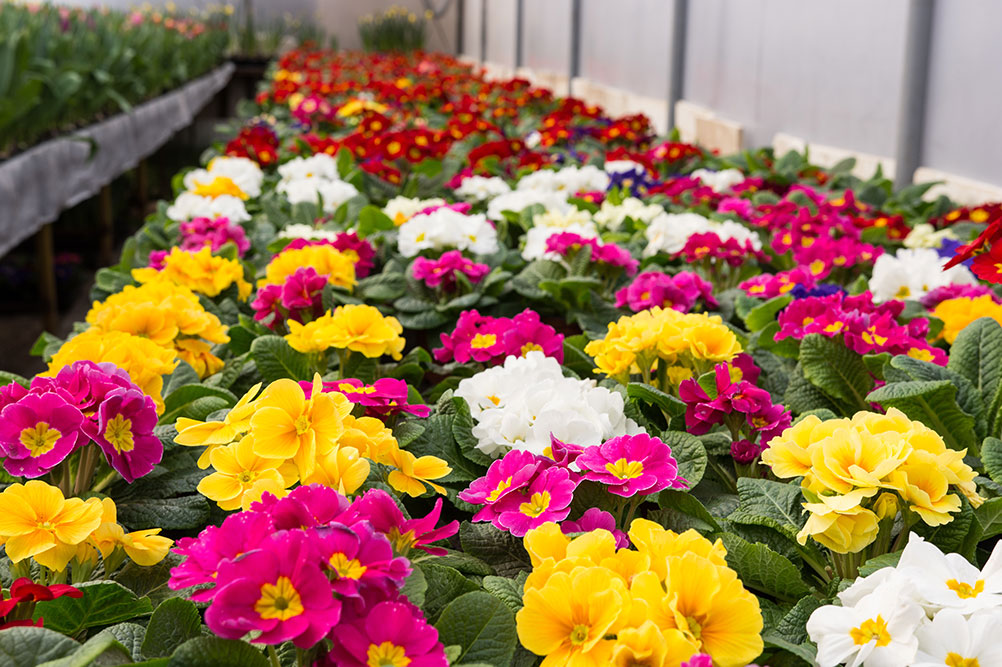
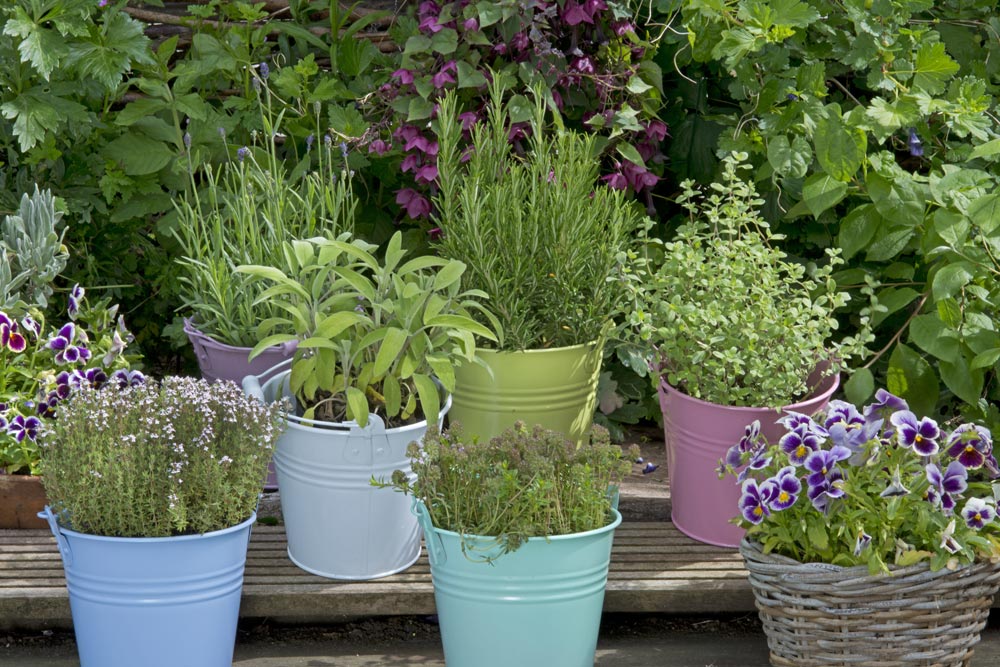
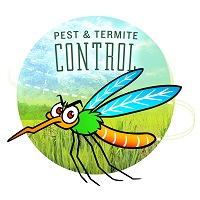
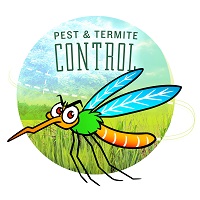
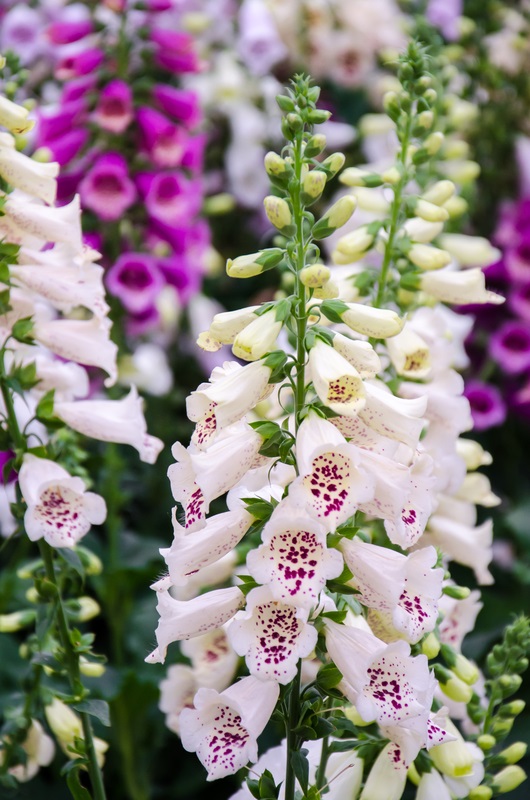

 RSS Feed
RSS Feed
